Young Consumers Opt for iPhone 16e 128GB and Enhance Storage Manually
![]() 03/18 2025
03/18 2025
![]() 589
589
A week ago, Apple launched the iPhone 16e, priced at 4499 yuan with just 128GB of storage, prompting widespread online criticism from netizens who viewed it as another money-making tactic by Tim Cook.
Despite the backlash, sales figures from various platforms indicate that the iPhone 16e has performed impressively, trailing only behind the standard digital version and outperforming Apple's previous SE model.
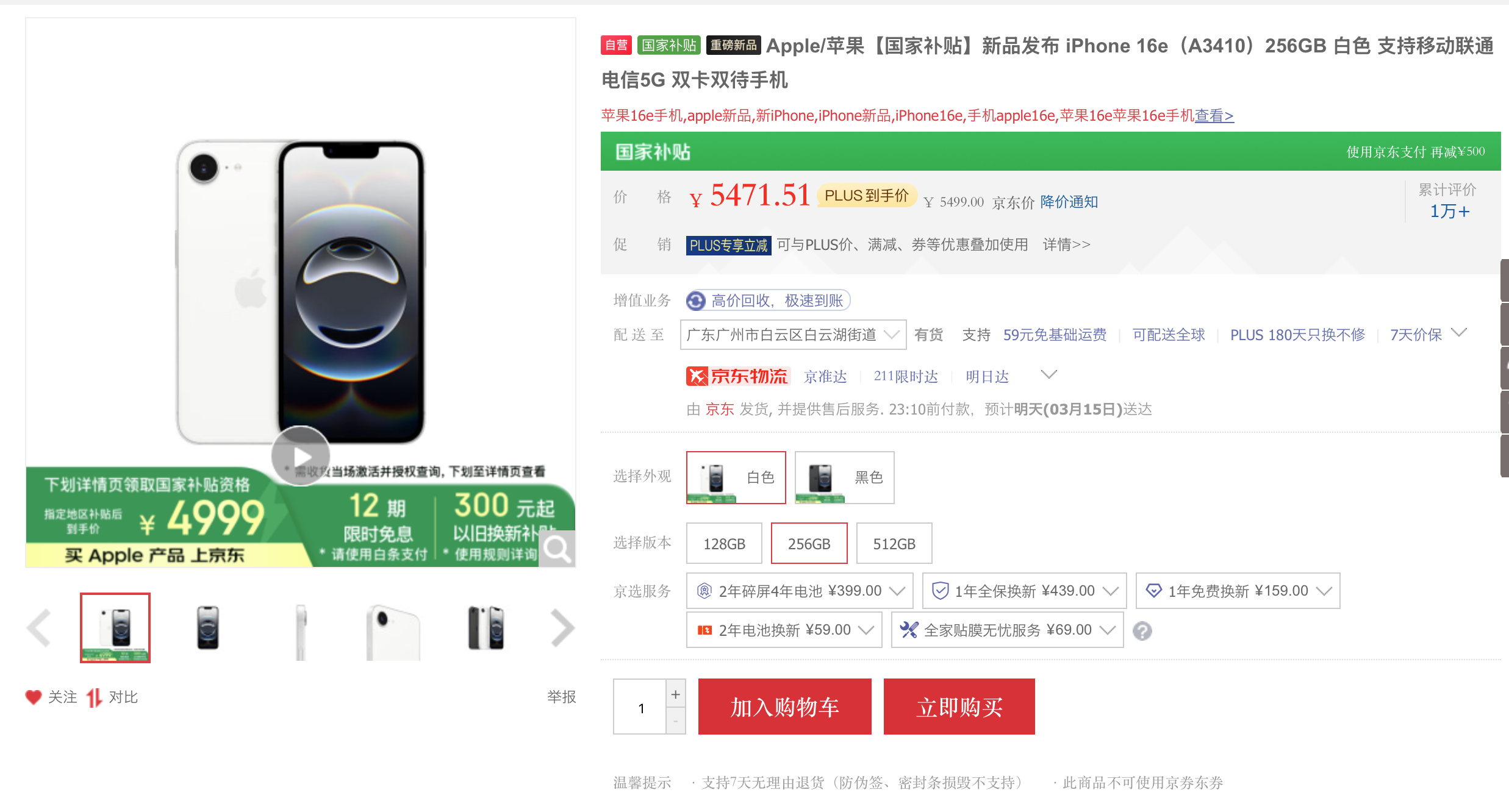
(Image Source: JD.com official)
Interestingly, the 128GB "base model" has emerged as the top seller among the three versions, prompting curiosity about the rationale behind consumers' choice.
After exploring several prominent digital forums, I uncovered the mindset of netizens: Given that the 128GB variant offers the best value, they opt to expand the storage to get the most cost-effective iPhone!
But is phone storage expansion truly dependable?
This isn't entirely unreasonable. On e-commerce platforms, the iPhone 16e's 128GB variant is priced at 3999 yuan, while the 256GB and 512GB versions cost 4999 yuan and 7499 yuan, respectively.
In simpler terms, Apple charges an additional 1000 yuan for 128GB and a further 3500 yuan for 384GB, equivalent to 9 yuan per GB. No wonder consumers joke that Apple's storage is pricier than gold.
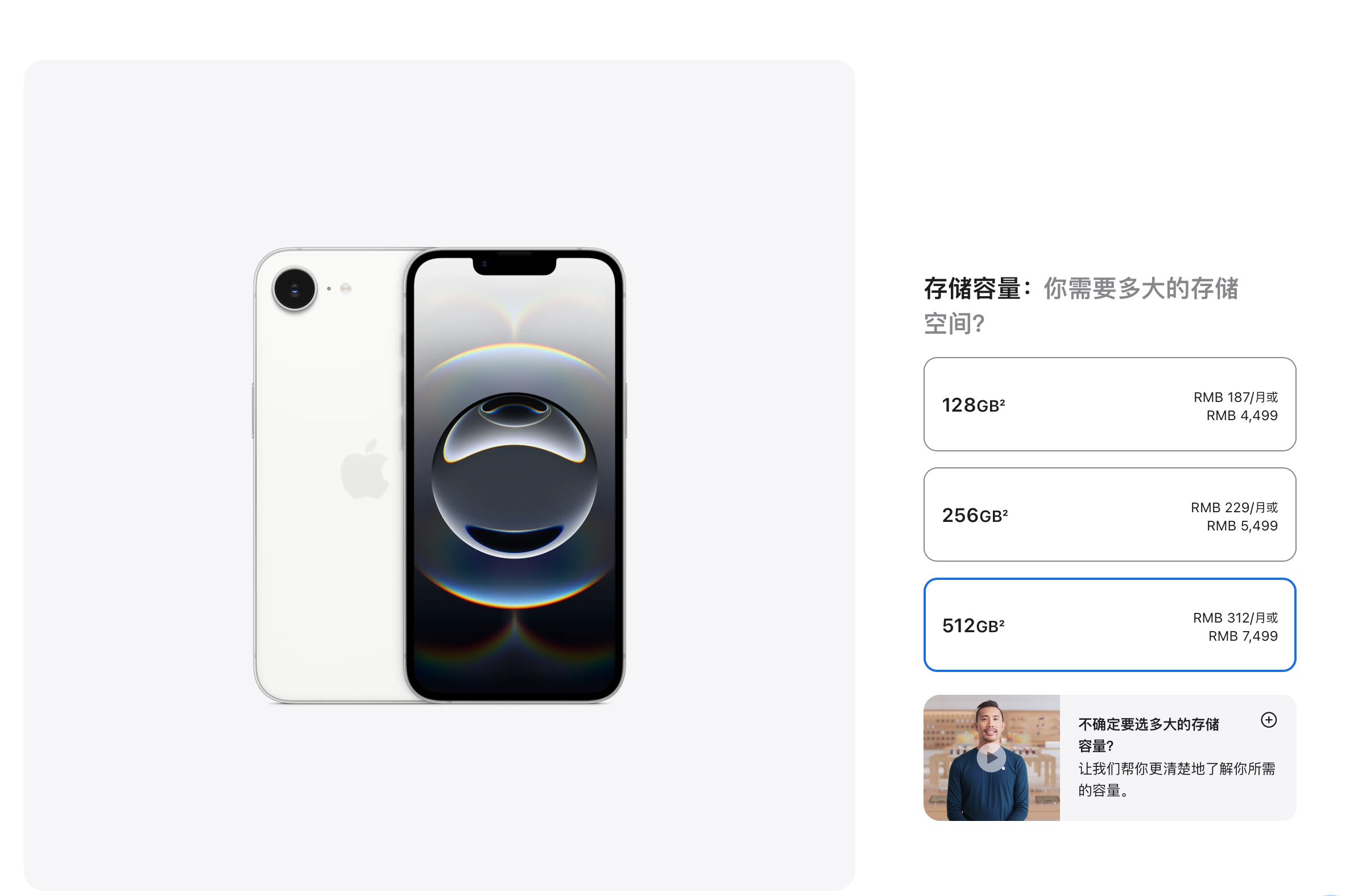
(Image Source: Apple's official website)
What about the cost of storage expansion? I inquired with several top-selling stores on an e-commerce platform, and they provided consistent quotes: 500 yuan for an upgrade to 512GB and 700 yuan for 1TB, equivalent to 0.7 yuan per GB, over ten times cheaper.
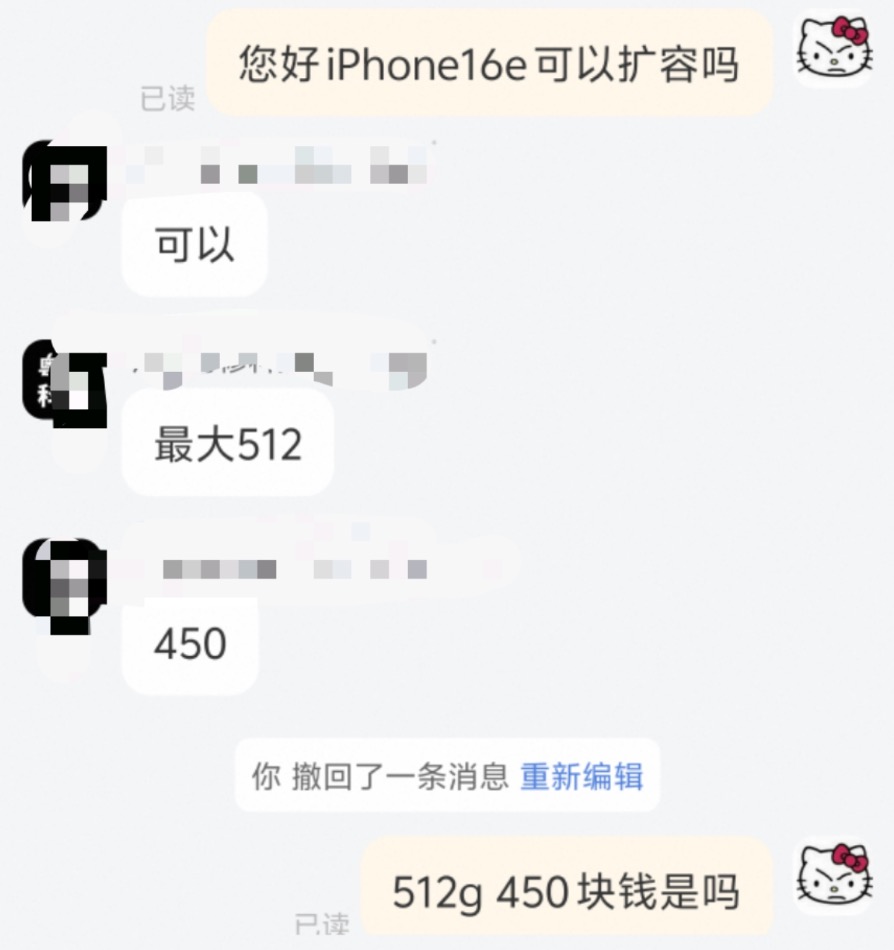
(Image Source: Leitech production)
I also polled several forum users, and most stated they chose to expand storage for maximum cost-effectiveness. A few others felt their existing phone's storage was inadequate and buying a new one would be costly, making expansion the simplest and most affordable solution.
Given this significant price disparity, it's understandable why many Apple users are willing to take risks to expand their phone's storage. After all, money doesn't grow on trees, especially considering Apple's exorbitant storage pricing.
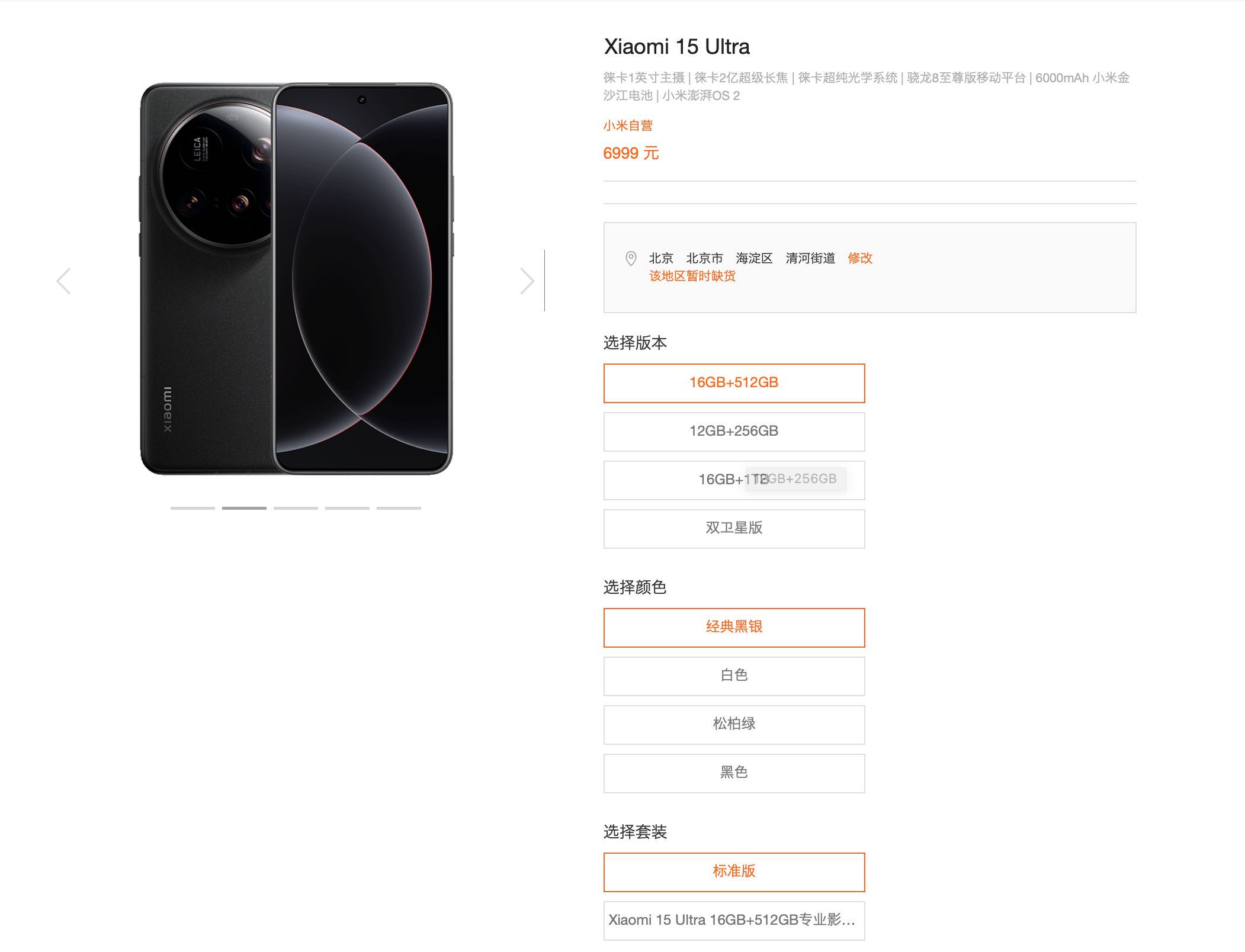
(Image Source: Xiaomi's official website)
For instance, the price difference between 256GB and 512GB versions among domestic manufacturers is much more reasonable, typically around 300 yuan (not to mention most manufacturers have phased out 128GB versions). This underscores that storage isn't inherently expensive; Apple simply aims to profit more from it.
Some netizens' claim that "Apple uses superior storage with faster read/write speeds than ordinary phones" is baseless.
Unlike Android phones, which typically use UFS flash memory, Apple employs the faster and more advanced NVMe format. For systems requiring constant file reading and generation, NVMe offers a smoother read/write experience, contributing to iOS's relative smoothness.
However, with rapid advancements in the Android camp, flagship models now equipped with UFS 4.0 boast read/write speeds of approximately 4000MB/s, while iPhone speeds linger at 1500MB/s and 850MB/s. With nearly a four-fold data gap, what justification does Apple have for such exorbitant pricing?
In essence, storage expansion involves replacing the phone's hard drive with a higher-capacity version, such as upgrading from 128GB to 256GB, 512GB, or even 1TB.
While it may seem straightforward, Apple's memory chips differ from other electronic devices. The entire hard drive is soldered onto the motherboard, requiring extensive disassembly and assembly expertise from repair technicians. Errors during this process can render the phone inoperable or lead to future issues.
Moreover, storage expansion has two drawbacks. Firstly, once expanded, any subsequent hardware issues (unrelated to the expansion) won't be covered by Apple's official warranty, as they consider it unauthorized modification, violating warranty policy. Hence, most consumers opt to expand the storage of out-of-warranty devices, minimizing the impact of potential issues.
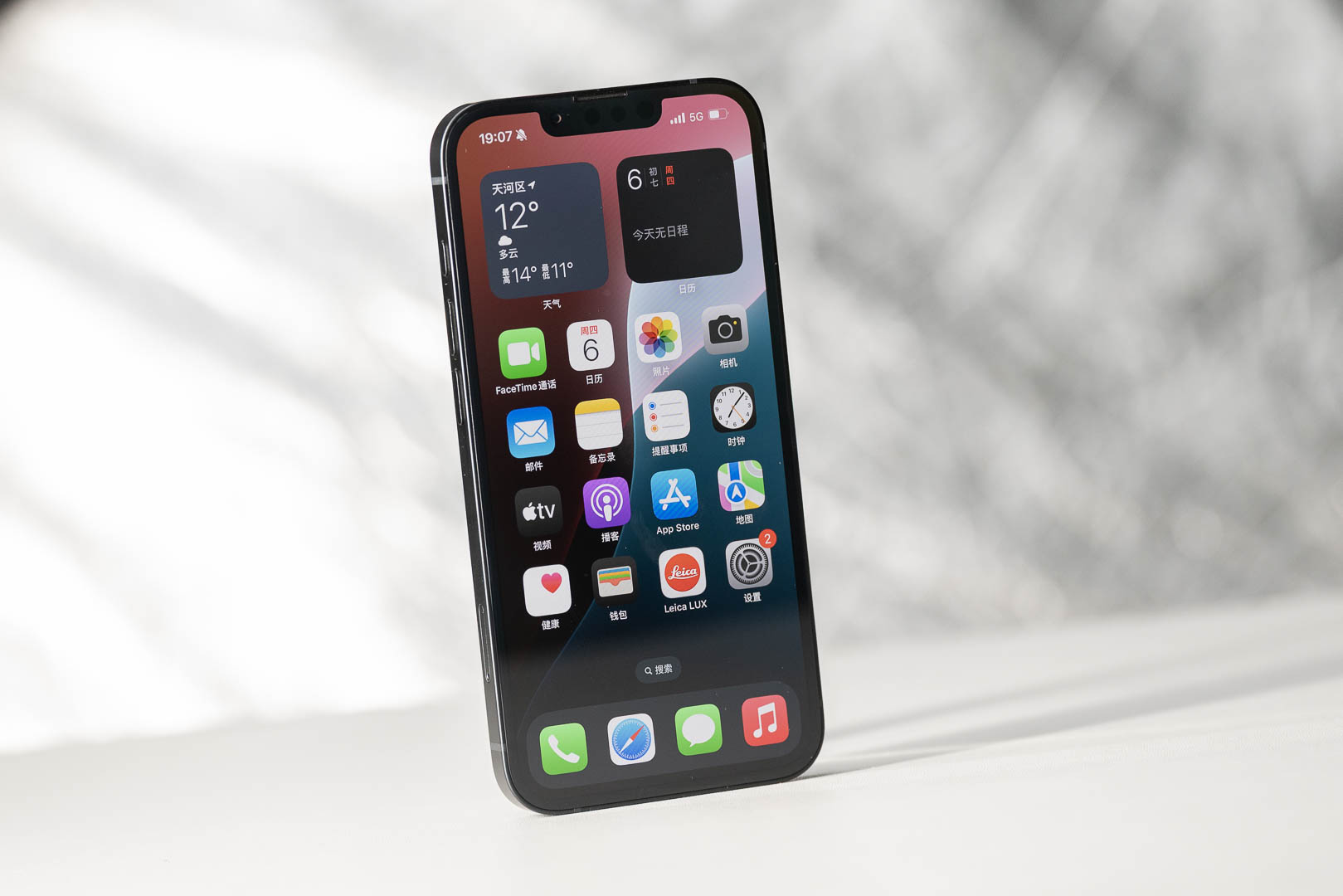
(Image Source: Leitech production)
Secondly, reselling the phone becomes inconvenient. This is straightforward; once the storage is expanded, the phone has been disassembled, and combined with the loss of official warranty, it can't be sold at the standard used price.
With mature supply chains, finding a reputable merchant virtually eliminates the risk of receiving a used or defective hard drive.
However, on some second-hand platforms, many iPhones are advertised as having original 512GB storage but are later discovered to be expanded models. Therefore, buying an iPhone on such platforms necessitates caution.
Why don't manufacturers offer official storage expansion services?
Given the minor issues with storage expansion, why don't phone manufacturers offer their own expansion plans? It could retain old users and serve as indirect advertising.
Huawei previously offered official storage expansion services. For instance, expanding the Mate 30 Pro from 128GB to 256GB costs 559 yuan, and directly upgrading to 512GB costs 999 yuan. This price is double that of third-party vendors but includes after-sales support and brand-new hard drives.
Huawei's storage expansion service was a desperate move. Amid its darkest phase, gradually fading from the mobile market after the P50 series, Huawei's market share plummeted. To survive, Huawei introduced the official storage expansion plan, providing relief to old P40 and Mate30 users, helping it through this challenging period and laying the groundwork for its comeback.
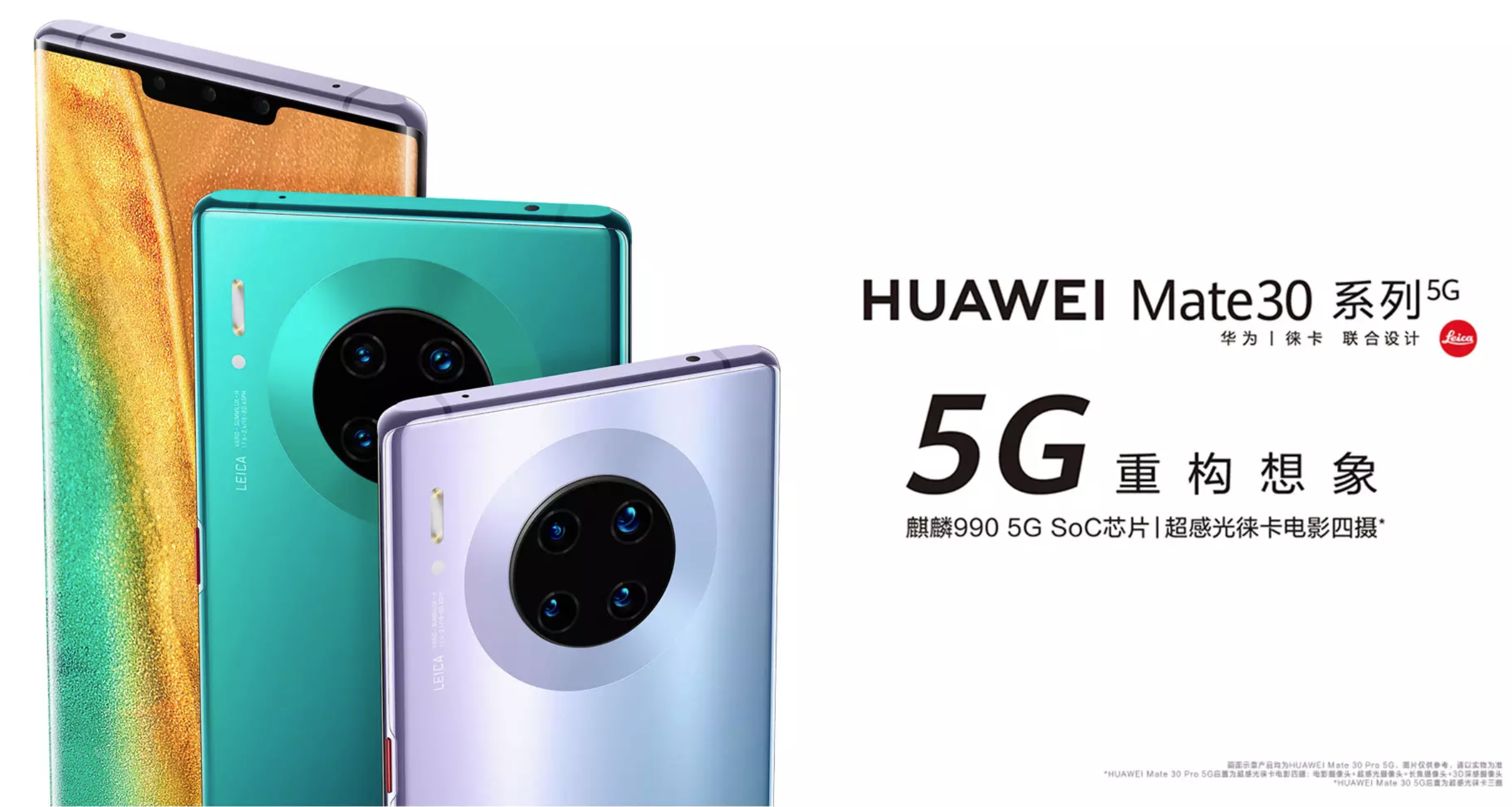
(Image Source: Huawei's official website)
From a current perspective, Huawei's strategy was successful, preserving market share and enhancing user loyalty.
However, for other manufacturers, this would be self-defeating. According to iiMedia Research, nearly 50% of Chinese smartphone users replace their phones every 3-4 years, primarily due to insufficient storage. Allowing upgrades for just a few hundred yuan would increase the number of loyal users, which manufacturers prefer to avoid.
Initially, users had a straightforward storage expansion method: purchasing a high-capacity TF card and inserting it into the phone's card slot, cost-effective and serving as a portable hard drive. However, manufacturers abandoned this for "integrated design." Data shows the configuration rate of external storage card slots has plummeted from 78% in 2018 to 12% in 2023. Nowadays, only a handful of phones support memory card expansion.
Of course, manufacturers can't be solely blamed. As mentioned, today's phones boast read/write speeds up to 4000MB/s, while mainstream TF cards mostly stay within 200MB/s, suitable only for action cameras, surveillance cameras, and entry-level cameras. For phones requiring faster read/write speeds, external memory cards are no longer viable.
Returning to the initial question, is phone storage expansion a good solution? In my view, if you've been using your phone for a year or two and don't plan to sell it soon, finding a reputable merchant for storage expansion is indeed cost-effective. However, if your phone is less than a year old, I advise against it. Issues arising from expansion won't be covered by either the merchant or the manufacturer, potentially leading to more losses than gains.
Source: Leitech








